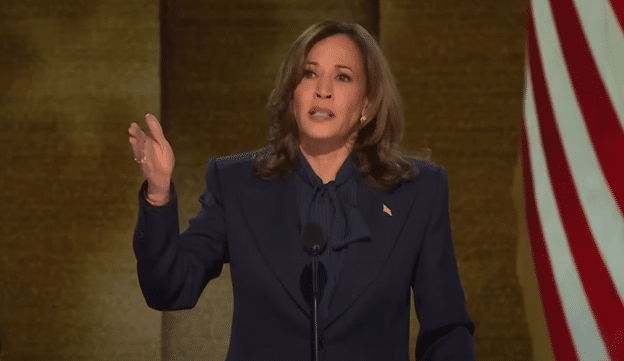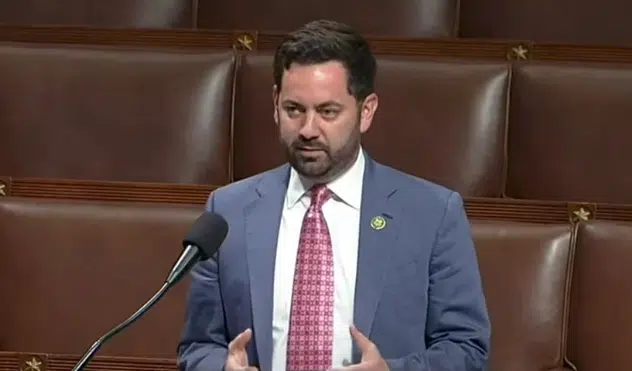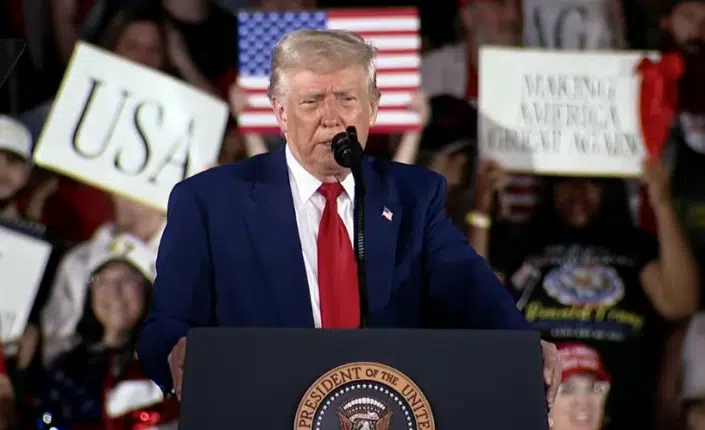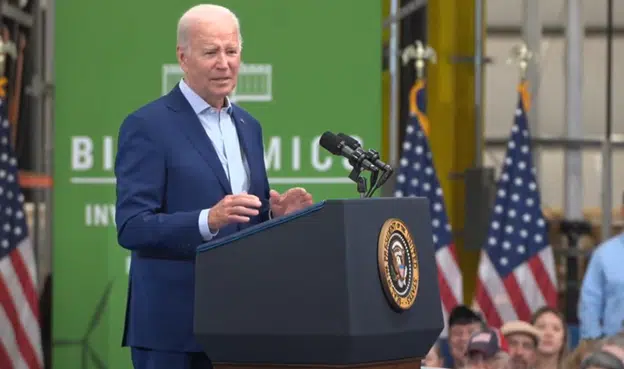Vice President Kamala Harris is not cracking 50 percent in the popular vote in three national polls taken in the aftermath of Robert Kennedy, Jr. suspending his campaign in battleground states and endorsing former President Donald Trump and Harris holding her nominating convention.
In the Yahoo! News-YouGov poll taken Aug. 22 to Aug. 26, which covers the period, Harris only leads Trump 47 percent to 46 percent.
And in the Morning Consult poll taken Aug. 23 to Aug. 25, Harris leads Trump 48 percent to 44 percent.
And in the Economist-YouGov poll, Harris only leads Trump 47 to 45 percent. She got no bounce.
Republicans are no strangers in recent elections to trailing the popular vote. In 2000 and 2016, George W. Bush and Donald Trump won the Electoral College despite losing the popular vote, and in 2020, Trump once again trailed the popular vote but lost narrowly by 43,000 votes in three swing states, Wisconsin (23,000), Arizona (10,000) and Georgia (10,000).
In fact, Democrats have lost five elections despite winning the popular vote in U.S. history, 1824, 1876, 1888, 2000 and 2016. It may not seem like a lot but with just 59 presidential elections in U.S. history, it has happened about 8.4 percent of the time. Whereas no Republican has ever lost the Electoral College while winning the popular vote.
Could the same thing happen in 2024? One indicator might be Harris’ failure to crack 50 percent in the recent polling. In both 2000 and 2016, both Al Gore, with 48.4 percent, and Hillary Clinton, with 48.2 percent, failed to get above 50 percent in the popular vote amid a combination of third-party candidates being on the ballot and the election itself being close, and simultaneously, failed to get a majority of the Electoral College.
The same was true in 1824 and 1888, when Andrew Jackson and Grover Cleveland failed to get above 50 percent, respectively, and also lost the Electoral College. The exception is 1876 when Samuel Tilden did receive 50.9 percent of the popular vote to Rutherford B. Hayes’ 47.9 percent.
So, in four out of five or 80 percent of the cases where the Democrat won the popular vote but still lost the election, the candidate failed to get above 50 percent nationally. In every instance, there were third-party candidates who made getting a majority impossible.
Certainly, there are plenty of times when Democrats have won both the popular vote and the Electoral College, while still receiving less than 50 percent of the vote: James Polk in 1844, James Buchanan in 1856, Grover Cleveland in 1892, Woodrow Wilson in 1912 and 1916, Harry Truman in 1948, John Kennedy in 1960 and Bill Clinton in 1992 and 1996. In everyone of those instances, again, third-party candidates played a significant role.
So, in nine out of those 13 cases, winning the popular vote albeit with less than 50 percent was good enough for Democrats to win the Electoral College, too. It’s a 69 percent win rate for Democrats historically.
Still, 31 percent is still a highly significant chance that if Harris fails to get above 50 percent in the popular vote, she might in fact lose the election.
Therefore, 50 percent or higher in national polling could be highly significant in 2024 and should be paid attention to, especially if the third-party candidates — the remaining are Jill Stein and Cornell West — theoretically pull more votes from Harris than they do Trump.
Whereas, one of Kennedy’s stated rationales for withdrawing from the race was that his campaign based on polling felt he would hurt Trump more than Harris without any real path to victory for himself.
But even with Kennedy out, with Stein and West still in, it could be third party candidates who stand out as protest votes against one or both of the major parties who end up being one of the determining factors in the presidential election, this time with victory potentially being spoiled for Democrats and Harris and in favor of Trump — again. Stay tuned.
Robert Romano is the Vice President of Public Policy at Americans for Limited Government Foundation.







